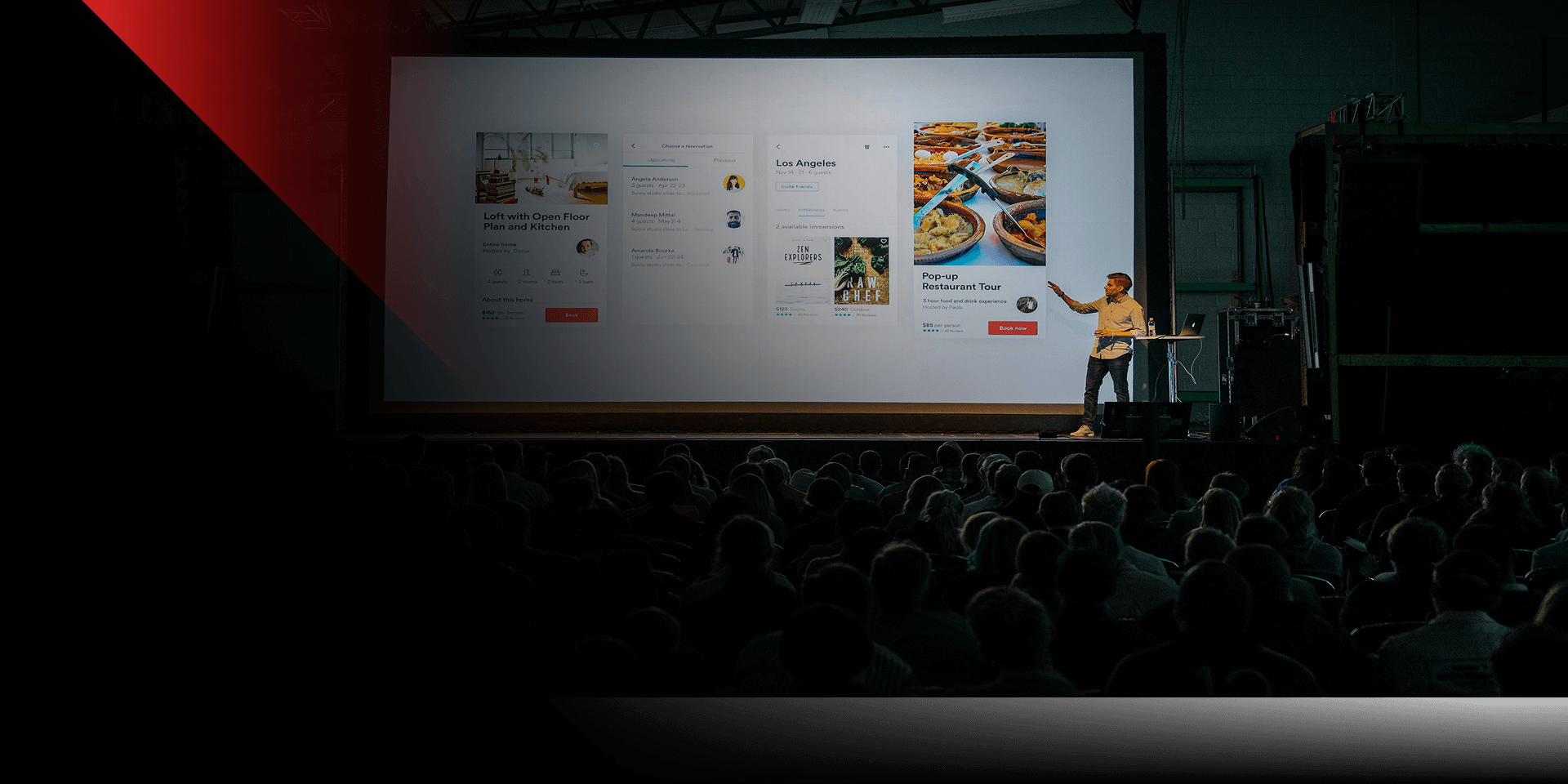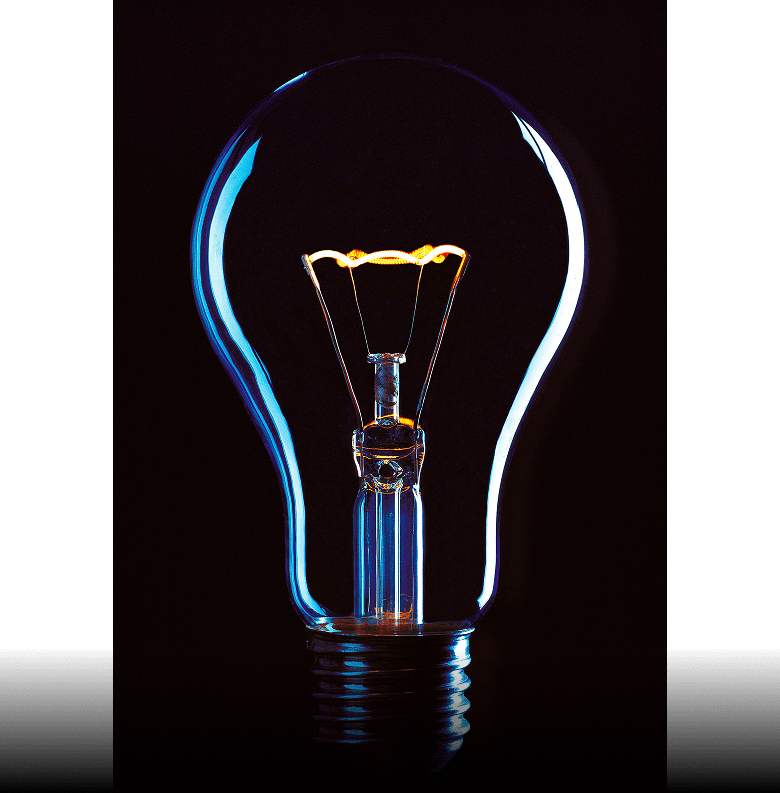Producing an event can be daunting. Fear not! We have created this guide especially for you and filled it full of advice, pro tips and lessons we’ve learned through years of experience, to help you produce a memorable event that’s seamless from start to finish.
So, whether you’re picking dates or comparing rates, arranging your decorations with care or picking out which shoes to wear (ok, we can’t help you with that), we’re sure that you’ll find something here that will help you make your next event the talk of the town.
Let’s start at the beginning. You’ve decided to have an event. What now?
It’s easy to jump ahead to the fun bits of the event – the exciting speakers, some creative promotions you’re keen to try, or ideas for entertainment that involve acrobats on a flying trapeze – that will make the event unforgettable. But we always recommend starting by thinking about the audience.
The needs and expectations of your attendees are going to be critical to the event’s success. Once you have pinpointed who they are and what they hope to gain from investing their time and money at your event, everything else will flow from there (including whether a trapeze is the right choice).
The needs and expectations of your attendees are going to be critical to the event’s success. Once you have pinpointed who they are and what they hope to gain from investing their time and money at your event, everything else will flow from there (including whether a trapeze is the right choice).
The date of the event is something else you’ll want to consider at this stage, along with the venue. Chockers is what you’re shooting for, so be strategic about picking a date. Long weekends, school holidays, and other competing events in the region will possibly steal away potential attendees. So, once you’ve boiled down your list of potential dates, start thinking about venues and checking availability. The best locations book out, and you’ll not want to miss out.
After brainstorming the foundational elements of the event, make a plan. A good plan includes a budget and timeline at a minimum, and we recommend that it also includes resourcing. Get your plan started by setting some goals.
Thinking about goals not only helps in the overall planning process by orienting you in the right direction, but it sets up good benchmarks that you can use after the event to measure success and plan for the next one. Your goals are going to be unique to your event, and could include things like:
Acrobats and AV cost money, which is where the budget comes in. You’ll have to consider the costs from several areas, such as:
Get multiple quotes for the bigger ticket items like catering, if possible, to get a firm understanding of market rates and whether you’re getting fair dinkum value. Remember that best value doesn’t always mean the lowest price. You’ll first want to make sure that the quotes are apples-to-apples in terms of their inclusions and exclusions, and you can also consider things like the vendor’s experience and how well they are able to meet your timeline.
Also think about historical costs from past events, as they can be an excellent source of information for putting together budget estimates. Once you think you have everything covered, add in some contingency dollars to cover unexpected costs that may arise.
The last thing to consider in your plan is resourcing. Understanding the intricacies of all the moving parts and pieces to an event will be crucial to managing your team. If you’re going to manage things internally, make sure requirements and expectations for your staff are clear. If not, consider outsourcing to an events team to lighten your load.
Let’s talk about contingency again.
We love contingency plans.
We love them so much that we’ve written a blog post about them. No matter how good your event planning is, something will go wrong. Say the weather turns bleak and the rain pours down. Have you thought about having umbrellas on hand so your guests don’t arrive at the event soggy? Or maybe some equipment fails or is stolen, do you have backup available?
An example of this is in planning your staffing. Anyone who runs a business knows that people get sick or ‘stuff’ happens, but this is more of a problem with events where not having enough staff can significantly affect the outcome. Make sure you have enough staff organised and backups available.

The planning is done and the date of your event is fast approaching. This section will provide our tips on managing your team, creating presentation materials that shine, how to make things look good, and a reminder from your mum.
The best tool for managing the lead up to and the day of your event is a good run sheet. It will cover things like timelines, personnel and roles, equipment checklists and (yes) contingency notes. Develop it a couple of weeks in advance of the event so that you have time to review it with your team, because they will often pick up on things that may need to be tweaked.
Your team extends to vendors and suppliers. Contact them a week or so ahead of the event to reconfirm delivery times, setup details, and any special requirements they may have.
There’s an art to putting together good presentation materials. Done well, they elevate the work of the speaker. Done poorly, and they are a distraction (and that’s if you’re lucky).
Little details matter, starting with the program you use to build your presentation. Canva has become a popular choice of late, but we don’t recommend it because the current version creates presentations that don’t adapt well to large screens. We know new features are being released all the time but trust us – right now it won’t give you the polished result you’re after.
Next, ensure that your presentation won’t give you any trouble by providing it to your AV tech team for review. They will pick up on things that you might miss, like colours that burn out on the big screen or a lack of contrast between the background and text that will make things unreadable. So get help from your AV experts, just don’t wait until the last minute – give them at least 24 hours so you’ll have time to make changes if required.
Lastly, build holding slides into your content to serve as visual placeholders between the main sections of your presentation. They can provide a welcome note, give information so the audience knows what’s happening next, or help you make smooth transitions. One example of where they’re useful is when you will be presenting awards. Having a holding slide before each announcement can protect you from giving away the winner accidentally!
A visually stunning event starts with the right decor. The colours are sharp, the decorations make you feel like you’ve arrived somewhere special, and even the signage looks good. Amongst all the considerations, don’t forget to think about visibility to the stage. How many times have you sat down at an event and some fancy decoration is blocking your view to either the presenter, the slides, or the acrobats?
Once your decor is right, the audio-visual (AV) completes the immersive experience, by tying together those decorations with the lighting, the sound, and the visuals. Often your venue will have an in-house AV team that you can use. Sounds easy, right? Slow your roll for a second.
The in-house team may be comfy with the venue, but their services are often one-size-fits-all, and they may not have access to the best AV tech, the type of gear that will make your event feel less like a high school assembly (we still have bad memories) and more like something you’ll brag to people about.
With an external AV partner, you’ll also get innovation, collaboration, and customisation, all at a cost that’s often comparable with the in-house team.
Like your mum used to say (as we wrote in our blog about the 3 Ways You Could Be Driving Your Event Attendees Away), practice makes perfect. Check all your content ahead of the event, test all the audio – the videos, music and mics – and rehearse.
And then do it all again.
Tie up any loose ends with a final walk through – do a complete walk of the event space and check all the details. Look for any inconsistencies or final adjustments that need to be made.

You may not be required to present at every event, but in case you are, we’ve got some tips. Here are some specific things you should be thinking about if you will be presenting.
If your presentation includes videos, download them onto your computer or onto a storage device like a dongle that can be used with the AV equipment. This way you are not relying on Wi-Fi or the internet to stream videos, which we all know can be unreliable. The audience suffers when the video buffers.
Also, as we mentioned before, check the microphones and make sure you know how they work. There’s nothing worse than getting on stage and having the mics not work or having an embarrassing feedback moment, or worse yet, having one left on when you’ve left the stage to go to the loo.
It’s normal to be a bit anxious when you are presenting in front of a crowd, but try not to show it through too much clicking. You’ll end up jumping ahead slides unnecessarily, which will throw you off, which will lead to blundering.
And if you make a mistake with your clicking or otherwise – and let’s face it, we all do – don’t tell the audience! The chances are high that they wouldn’t have noticed.

You and your team have smashed it, you’ve wowed the attendees – the event was a massive success. But how can you be 100% sure? And how do you do it again?
Let’s go back to those goals you set back during the planning stage. These are the measuring sticks for success. Before you can start ticking boxes, though, you’ll need to gather some data.
First, collect feedback. Definitely target attendees, but also think about including staff, sponsors and others involved with the event. The more you can get, the better picture you will have of people’s perceptions, and each group will have a different perspective. And make these requests as soon as you can following the event, as the brilliant lighting or wow-worthy staging will be top of mind. Ask what people liked, disliked and whether there are any suggestions for improvement.
Then pull together some numbers like the number of attendees and costs versus budget.
Once you have your post-event information put together and documented, meet up with the team to review it and discuss the big questions: What worked? What didn’t? What would you do differently next time? And ultimately, did we achieve the goals we set out at the start?
Then document the outcomes and save this information. It will be an excellent resource for planning your next event and is a great start toward continuously improving.
But before that next one, take time to celebrate a job well done, maybe with some acrobatics of your own (a cartwheel will do). Producing a successful event is a big undertaking and can be daunting, but with this guide, you’ve nailed it.
